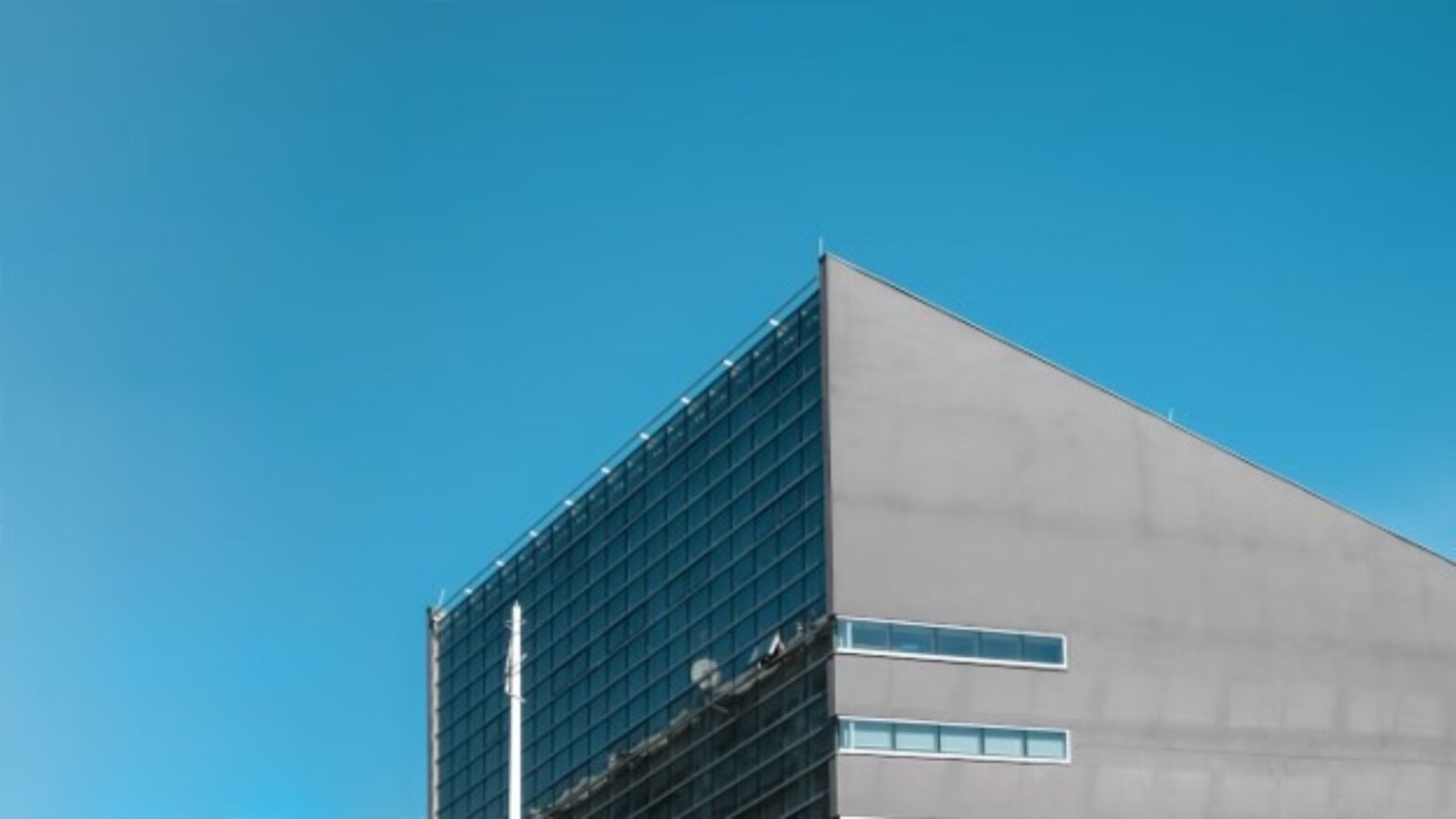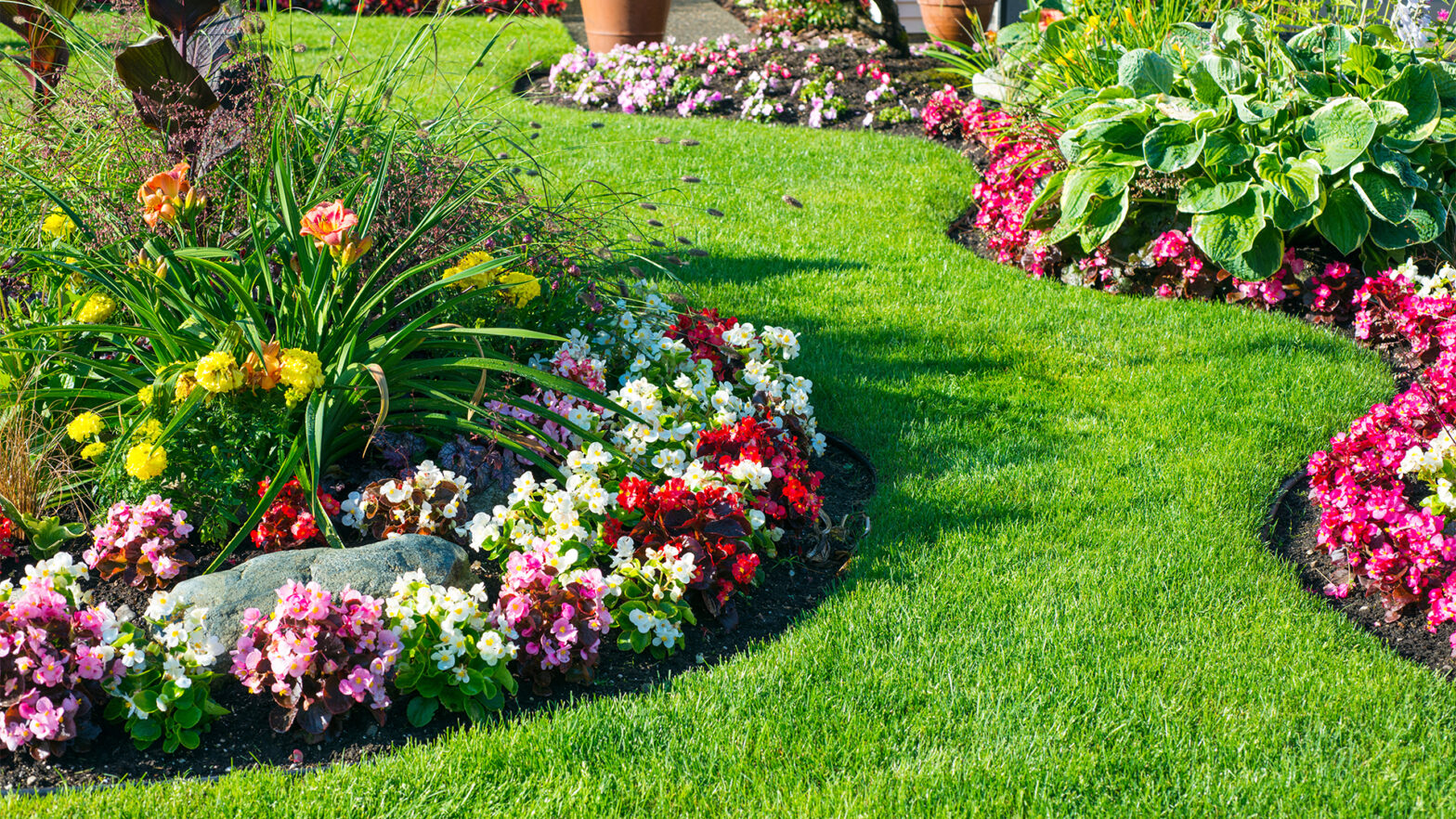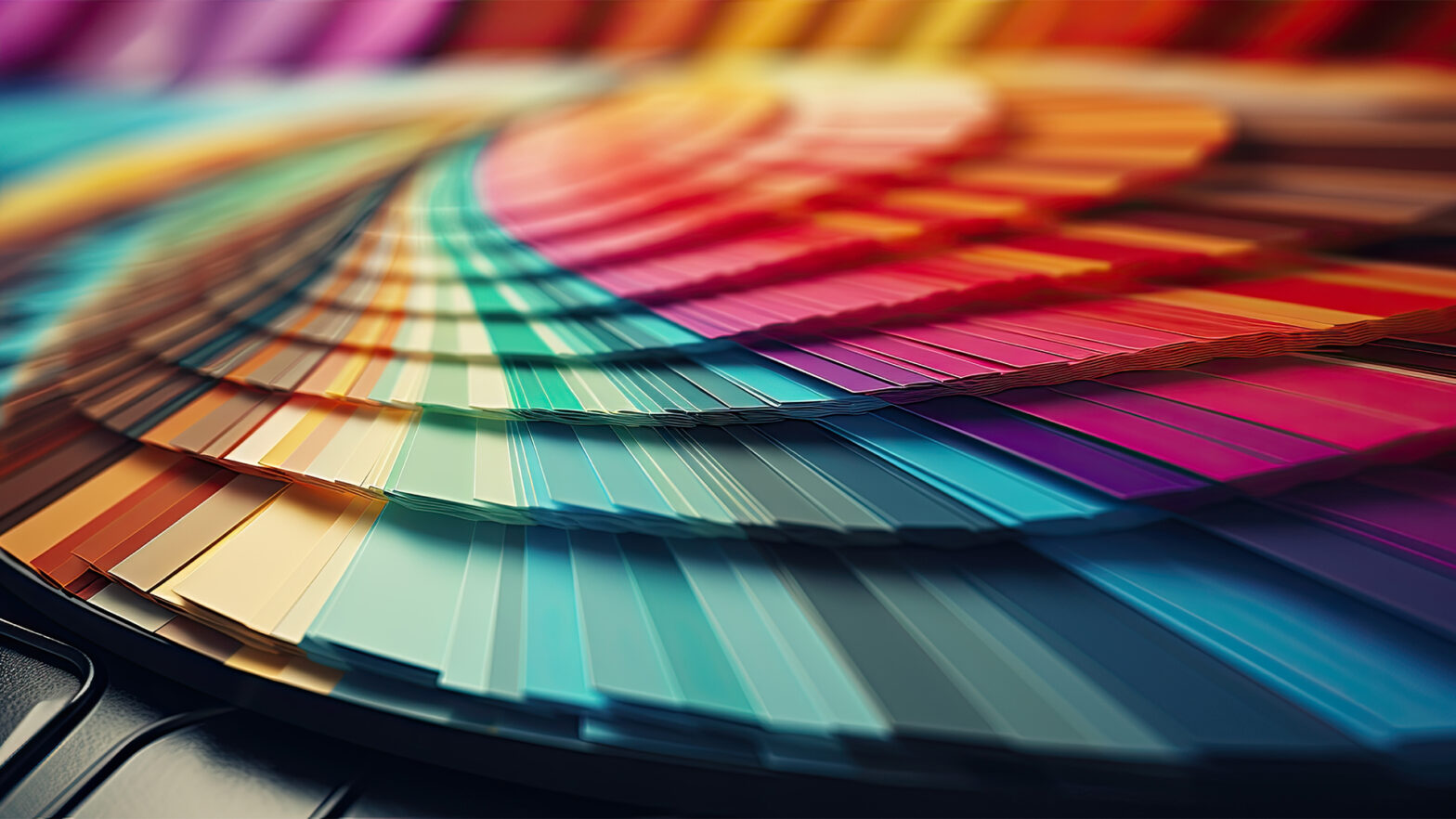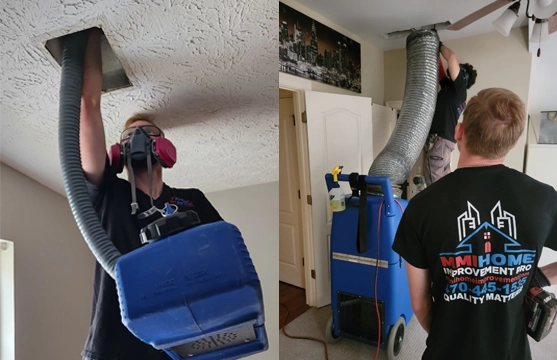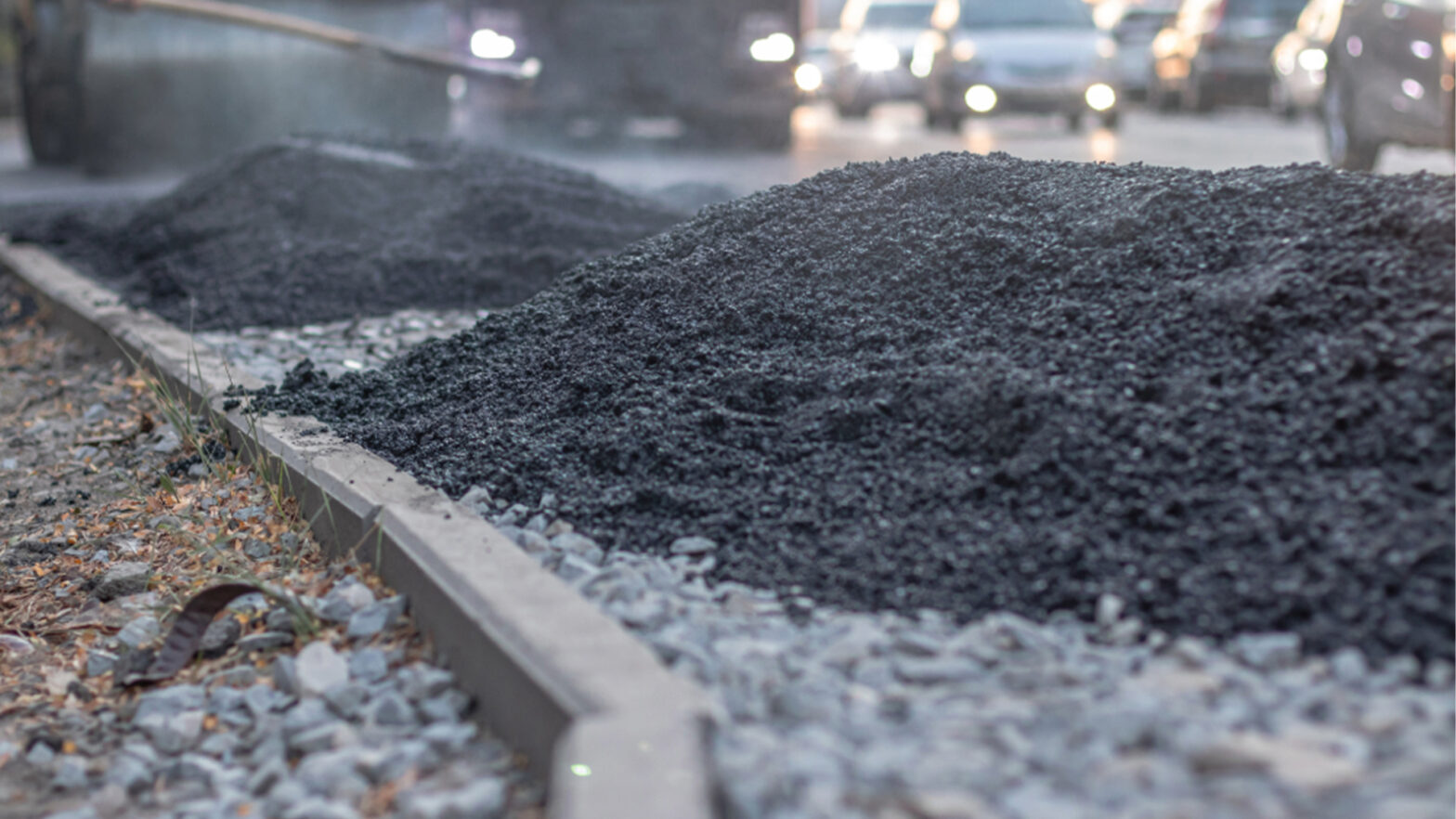A building, being a capital-intensive project, needs to display good durability properties. This is about a longer lifespan and the safety of individuals using it, whether in commercial or residential settings. Protective coatings ensure any building lasts long through the barrier it creates with the elements.
This means reduced possibilities of environmental degradation of the structures through years of moisture and UV radiation exposure coupled with physical wear. This blog post focuses on critical coatings that are significant for buildings, pointing out the characteristic benefits of each in maintaining a building’s structural integrity.
Acrylic Coatings
These water-based coatings are known for solid adhesion on various surfaces, including concrete, wood, and metal. Acrylic coatings are particularly effective in protecting against UV, as the sun’s harmful rays cannot cause breakdowns in the materials beneath. That is why they are perfect for outdoor usage when sunlight exposure becomes a significant factor.
Besides UV protection, acrylic coatings prevent moisture, which also reduces the water infiltration rate through the substrate. It helps prevent mold formation and overall degradation of materials. This elasticity endows them with the ability to expand and shrink according to variations in temperature conditions.
Epoxy Coatings
They consist of a resin and a hardener, which chemically reacts to form a robust, high-strength surface. Epoxy coatings are useful for concrete floors, metallic surfaces, and other substrates, where high resistance levels against abrasion, chemicals, and heavy traffic are needed.
The coatings exhibit an impervious surface, which helps shield the material from moisture and contaminants. Because of such advantages, they are ideal for warehouses, factories, and laboratories wherein accidents-maybe in the form of spills or chemical exposure-are frequent. In doing so, the life of the substrate, and therefore the structural components of the building, is greatly extended.
Parylene Coatings
The application happens through the vapor deposition process, where they form a thin, uniform layer that clings well to even the most complex surfaces. Parylene coatings are gaining popularity in electronics, medical equipment, and other specialized applications where ordinary coatings cannot provide adequate protection.
The essential benefits of parylene coatings are related to their protection, even to sensitive components, without adding anything bulky or extra in weight. That makes them ideal for indoor applications where precision and performance become highly critical.
For more information on the properties of parylene coating, one may search from reliable sources. The best platforms will offer accurate data and information on existing types and particular applications.
Polyurethane Coatings
They are flexible, abrasion-resistant, and UV-stable; thus, they are applicable indoors and outdoors. Polyurethane coatings are applied to concrete, metal, and wood surfaces for durability under harsh conditions.
Along with these protection attributes, polyurethane coatings enhance the structure’s aesthetic appeal due to their high-gloss or matt finish. These come in various formulations for specific uses, including aliphatic and aromatic polyurethanes, among many others.
For instance, aliphatic polyurethanes can be best applied to external uses since they offer far more excellent resistance to UV degradation of coated surfaces, thus retaining integrity and appearance.
Elastomeric Coatings
These coatings effectively protect building surfaces from moisture and weathering through their flexibility and waterproof attributes.
They are prepared from material ingredients with inherent stretching characteristics and revert to their original shapes without cracking. This means when a substrate is involved in experiencing thermal expansion or extensive movement, this is the suitable coating to use.
Bridging small cracks and gaps in the substrate by elastomeric coatings is one of their prime advantages, as it closes them to water and air. This property is helpful in areas with high rainfall or extreme temperature fluctuations because tendencies toward moisture problems are common.
Therefore, they are fundamental in roofing, external walls, and foundations since they impede water entrance and damage.
Zinc-Rich Coatings
These are protective coatings whose principal application is corrosion protection for metal substrates. They contain high percentages of zinc dust and act as sacrificial anode portions to protect metals from rust and corrosion. Zinc-rich coatings are most frequently applied to steel structures, pipelines, and other metal components exposed under hostile environmental conditions.
The effectiveness of zinc-rich coatings is based on their ability to offer galvanic and barrier protections. In the coating, the zinc particles are rusted in place of the metal substrate, increasing the life of the coatings. Zinc-rich coatings are necessary for the maintenance of metal buildings, bridges, and other infrastructures exposed to coastal or industrial areas.
Fire Resistant Coatings
Intumescent coatings include chemicals that swell by some other name when exposed to a high temperature. It forms an insulation barrier delaying flame and heat spread. Fire-resistant coatings usually use structural steel, wood, and other materials that need protection in a fire.
Fire-resistant coatings boost a building’s durability because a fire will not bring it down. This is attributed to the fact that the coating reduces the temperature of the material underneath it, retaining its structural and physical integrity.
Ceramic Coatings
The coatings are among the most high-performance protective coatings with very good resistance to heat, chemicals, and abrasion. The suspension of ceramic particles within a polymer matrix gives the coating strength and excellent resistance to harsh conditions.
Because of its high insulation properties, ceramic coating is a top target for conditions involving extreme temperatures and pressures. A good example is industrial machinery and long-range pipelines, which are exposed to harsh conditions.
This means there won’t be any heat transfer to materials, which justifies its wide usage in furnace components and exhaust systems. Many research facilities with large-scale combustion pilot projects also use it for the same attribute.
Anti-Graffiti Coatings
These are functional protective coatings that prevent graffiti from sticking to building surfaces. It was very effective in providing a barrier without damaging the underlying materials. They are of much help on projects dealing with public buildings, transport infrastructure, and the surfaces that vandals often target.
A general division of anti-graffiti coatings is made into sacrificial and non-sacrificial types. Sacrificial coatings are to be removed together with graffiti, while non-sacrificial coatings are accorded a permanent protective layer undamaged by multiple graffiti removals. Whole preventing defacement also preserves the surfaces’ structural strength, especially when applied correctly.
Endnote
It is essential to know the various types available and their specific properties. This makes it easy for contractors, as each type has different applications, ranging from standard acrylic and epoxy coatings to sophisticated ones like parylene.
Understanding the different properties and applications of these coatings makes the selection process non-challenging for contractors and building owners as they opt for what will serve them best.












